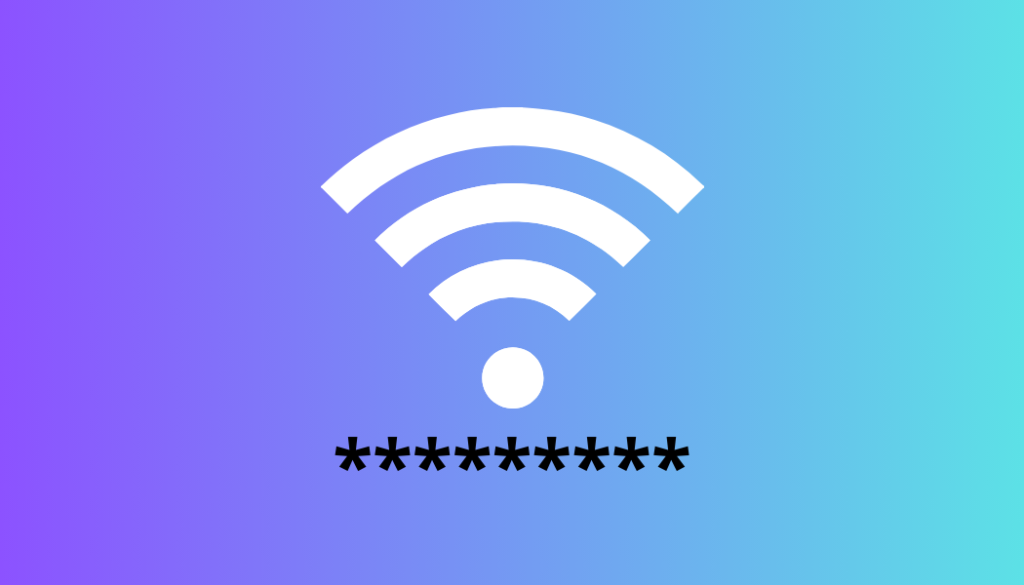So, you’re thinking about tinkering with your router settings, and you stumble upon the option to hide your Wi-Fi network name. You might wonder, does hiding your Wi-Fi name actually make your network safer? After all, your Wi-Fi network name (SSID) is like a digital billboard, visible to anyone in your vicinity. But is hiding it really the silver bullet for securing your network? Learn effective ways to enhance your Wi-Fi network security with ForestVPN.

What Hiding Your Wi-Fi Network Name Does
Your Wi-Fi network name is like a beacon emitted by your router, guiding devices to it for connection. By default, routers broadcast this name so that devices can effortlessly find and join the network with the correct password. When you hide your Wi-Fi network name, also known as the SSID, you’re essentially disabling this broadcast feature. However, here’s the catch—it only hides the name from appearing on a device’s network list. Your network still exists and is detectable by anyone with the right tools, including hackers.
Why Hiding Your Wi-Fi Network Name Isn’t the Answer
1. It Won’t Enhance Security
Contrary to popular belief, hiding your Wi-Fi network name won’t beef up your network security. Hackers equipped with common tools can easily sniff out hidden networks, rendering your attempt at secrecy futile.
2. It Doesn’t Encrypt Your Online Activity
Hiding your network name won’t magically cloak your online activities or IP address from prying eyes. Your browsing history and IP address remain visible to your internet service provider and other third parties.
3. It’s Inconvenient
Connecting to a hidden Wi-Fi network is like trying to find a hidden treasure without a map. It’s cumbersome and involves manually entering network details like name, security type, encryption type, and password on each device.
Ways to Bolster Your Wi-Fi Network Security
Rather than relying on hiding your Wi-Fi network name, here are some more effective measures to safeguard your network:
1. Change Default Network Name and Password
The default network name often reveals your router brand, making it easier for hackers to identify and target your network. Change it to something unique that doesn’t give away your identity. Also, make sure to update the default password for added security.
2. Change Your Router’s Default Password
The default password for your router’s admin interface is often something generic like “admin.” Change it to a strong, unique password to prevent unauthorized access to your network settings.
3. Use a VPN on Your Router
A Virtual Private Network (VPN) encrypts the traffic between your device and the internet, ensuring your online activities remain private and secure. Installing a VPN directly on your router extends this protection to all devices connected to your network.
Layer pdf VPN
It seems like you might be referring to establishing a secure connection using a Virtual Private Network (VPN) within a PDF document. While embedding a VPN within a PDF document isn’t feasible, you can certainly utilize a VPN service like ForestVPN to encrypt your internet connection and ensure your online activities remain private and secure. ForestVPN offers robust encryption protocols and a user-friendly interface, making it easy to safeguard your digital privacy whether you’re browsing the web, accessing sensitive documents, or communicating online. If you’re concerned about privacy and security while accessing PDF files, using ForestVPN can provide the protection you need. Stay safe and secure with ForestVPN.
FAQs About Wi-Fi Network Security
1. Does hiding my Wi-Fi network name make it invisible to others?
No, hiding your Wi-Fi network name only prevents it from appearing in the list of available networks on devices—it doesn’t make it invisible to determined hackers.
2. Can hiding my Wi-Fi network name prevent unauthorized access?
Hiding your Wi-Fi network name alone isn’t sufficient to prevent unauthorized access. It’s just one layer of security among many others that should be implemented.
3. Is changing my default network name and password necessary?
Yes, changing your default network name and password adds an extra layer of security by making it harder for hackers to identify and breach your network.
4. How do I change my router’s default settings?
You can typically change your router’s settings by accessing its admin interface through a web browser. Refer to your router’s manual or manufacturer’s website for specific instructions.
5. Can I use a VPN on my router to protect my entire network?
Yes, installing a VPN directly on your router encrypts all the traffic flowing through your network, providing comprehensive protection for all connected devices.


